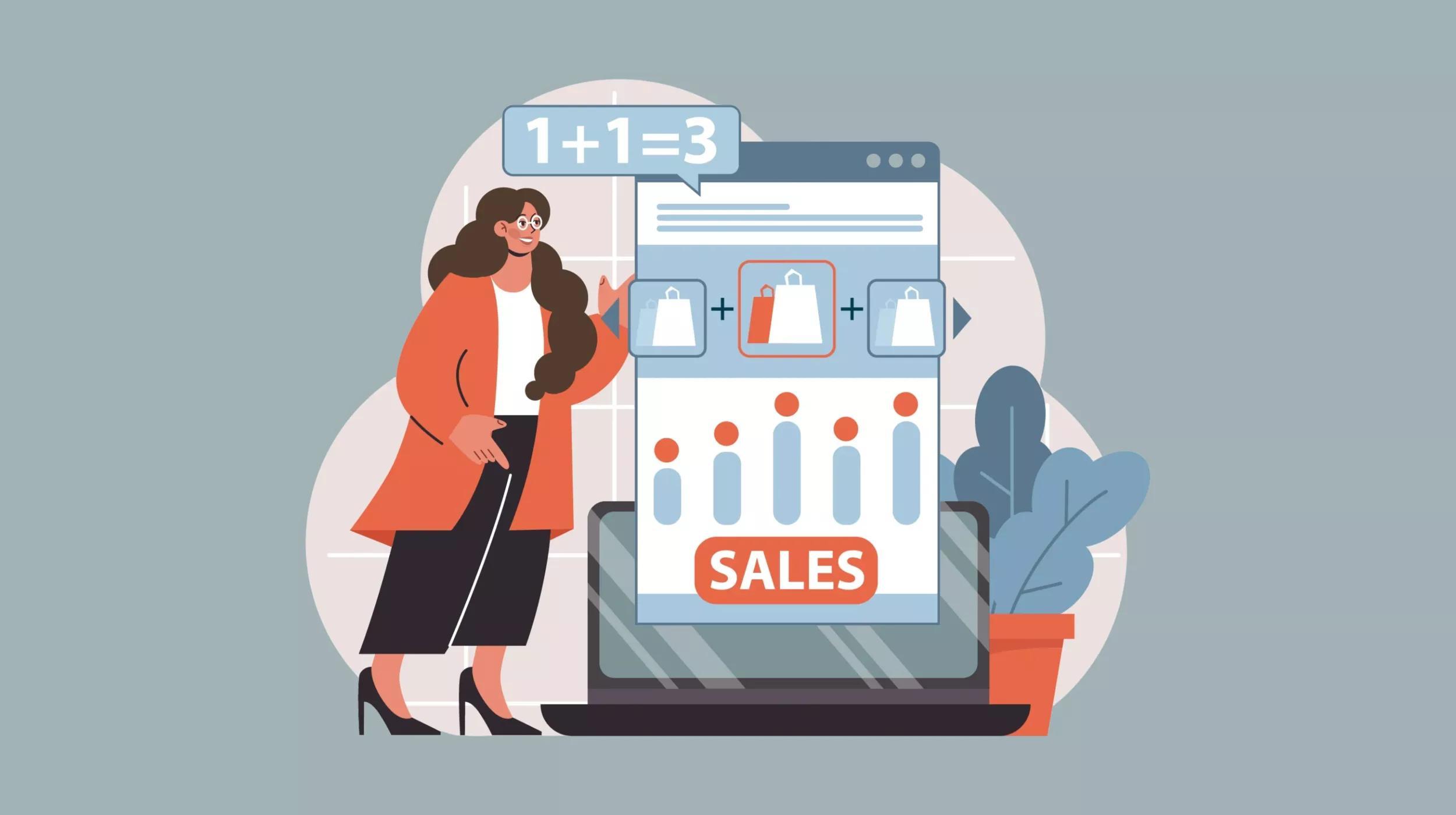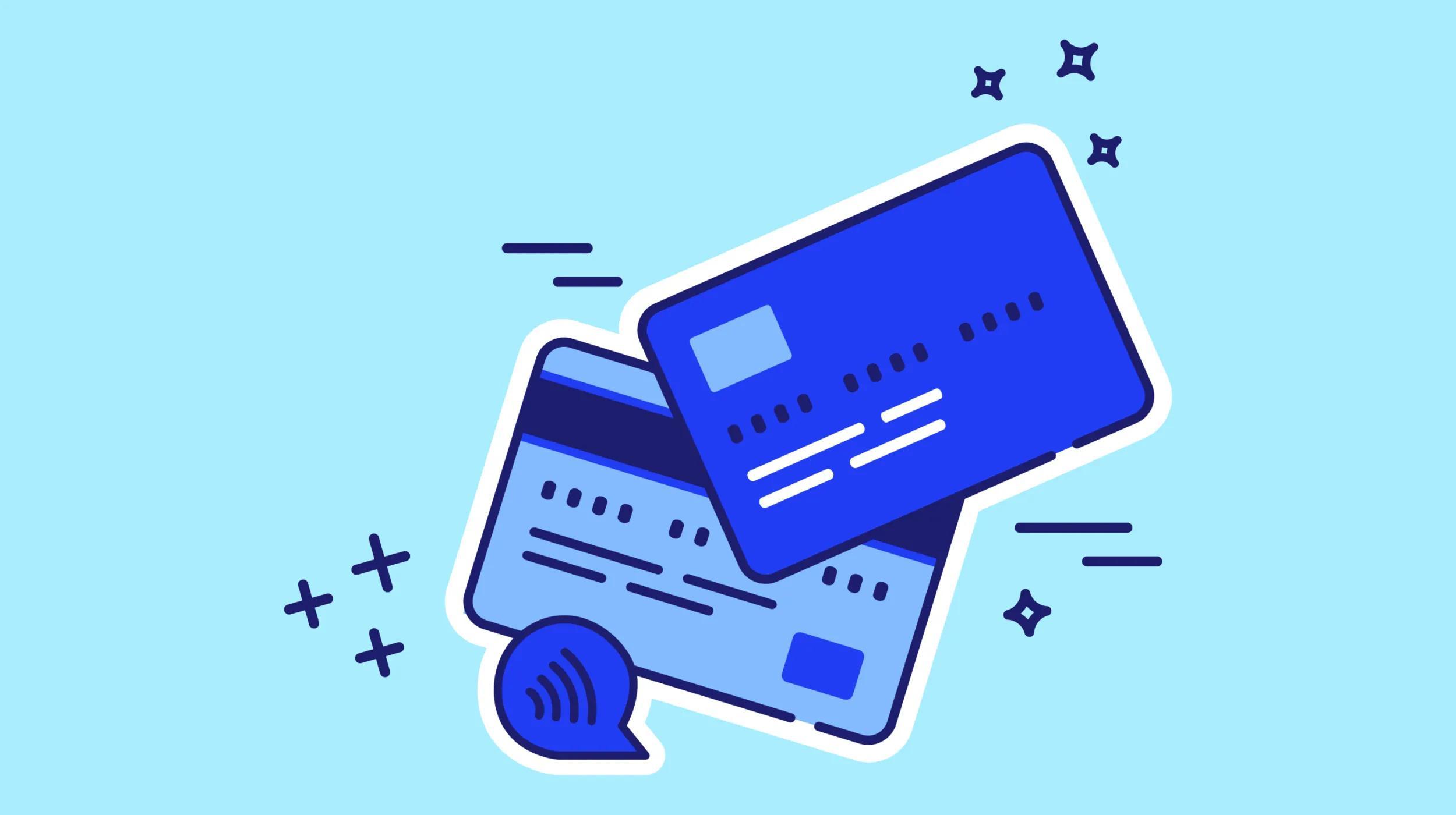When you’re hustling, time is money and that money comes in coins, not bills. It’s why we made our Website Terminology Glossary for web pros. This free resource for designers, developers, marketers or anyone else makes it easier explaining technical stuff to clients.
Rather than a lengthy back-and-forth, quickly find definitions that break it down in real terms. Start getting time back — and put more of those coins in the bank.
Website Terminology Glossary: Ecommerce, Vol. 1
Ecommerce can be tough because it requires so much follow-up by clients. It's key to make sure you're using language everyone understands to avoid missteps. These basic ecommerce terms are a good start to smoother communication.
Average order value (AOV)
This key measurement represents the average amount of money customers spends after a visit to an online store. Several things can affect AOV, like pricing, the way products are presented, and the availability of related items. To calculate AOV, simply define a time period, and then divide total revenue by the number of orders during that time.
It's kinda like
The manager of a grocery store probably looks at the amount each shopper spends during their visits. This figure might be increased by having more competitive pricing or by placing stuff like magazines and snacks in checkout lanes to encourage last-minute purchases.
You also might hear
cross-sell, upsell, abandonment rate
Brick-and-mortar
When an online store is an extension of a physical location, we refer to the physical location as the brick-and-mortar presence. Most brick-and-mortar retailers can benefit from establishing an ecommerce website, as it allows them to reach a larger audience.
It's kinda like
While websites are built with materials including text, images and code, physical stores are often constructed with bricks and mortar (hence the name).
You also might hear
offline shopping, physical location
Bundling
Related products can be bundled together for a discounted price, compared with buying them individually. This encourages larger purchases and makes customers less likely to compare prices. When bundling products, it's important to make sure there's real value for customers and differentiation from competitors.
It's kinda like
While you can buy spark plugs individually, a lot of engines use more than one. That's why parts dealers bundle spark plugs depending on how many you need. It creates value for owners of different types of engines.
You also might hear
cross-sell, upsell, freemium
Business to business (B2B)
B2B describes a transaction made between businesses, like installing a computer network or providing business insurance. As such, B2B marketing involves messaging that's mostly relevant to those running a business.
It's kinda like
If you were a distributor selling produce to grocery stores, you might highlight your record of on-time deliveries or greater availability — not so much the perfect recipes for your produce.
You also might hear
B2B, business audience, targeted marketing
Business to consumer (B2C)
B2C describes a transaction made between businesses and consumers, like selling a computer or providing homeowner's insurance. As such, B2C marketing involves messaging that's mostly relevant to those consuming a final product.
It's kinda like
If you were a grocer selling produce to consumers (B2C), you might highlight recipes for your offerings — not so much the transportation cost to get them in your store.
You also might hear
B2C, consumer audience, end user, targeted marketing
Checkout path
All the steps a customer must take to complete their purchase represent the checkout path. It can include shipping methods and inputting payment. While you can increase revenue by adding offers such as related products to your checkout path, it's also important to keep the experience uncluttered so your shoppers don't abandon their purchases due to frustration.
It's kinda like
When you go to check out at the grocery store, lanes usually display products like chewing gum and magazines, but they don’t block your path to the register. You might grab something on a whim, but if it's too hard to move through the lane you'll likely find another one — or a different store.
You also might hear
cross-sell, upsell, checkout process, checkout flow, conversion rate optimization
Conversion
On a website, when a visitor performs a desired action like signing up for an email list or scheduling a consultation, it's called a conversion. With online stores, a conversion is making a purchase.
It's kinda like
In sports, a team tries to convert possessing the ball into a score. You should push your ecommerce team to convert visits into purchases.
You also might hear
conversion rate, bounce rate, visits, page views, event, action
Fulfillment
When you pack, ship and deliver an order, you've fulfilled it. While you might usually be the one handling fulfillment, some ecommerce merchants will partner with a third party to fulfill orders of certain products.
It's kinda like
As seasons change, some agricultural commodities become scarce — but growers still have contracts to fulfill. If these growers can't fulfill orders with their own crops, they purchase what they need from another grower, and then pack shipments using their own label. Same thing holds true with ecommerce.
You also might hear
drop shipping
Merchant account
A merchant account lets ecommerce merchants accept payments, typically in the form of credit or debit card transactions. While you enroll through a bank, these accounts often include a third party that processes payments. Due to the sensitive nature of date transferred via merchant accounts, enrollment requires you follow specific rules for privacy and security.
It's kinda like
Banks have always offered accounts specifically for businesses. Early on, the advantages included more effective management of records and taxes. Today in the digital age, new types of accounts address the needs of online businesses.
You also might hear
payment gateway, payment processor
Product attributes
Product attributes are specific characteristics like the size and color of clothing, the type of operating system used by a phone or computer, or the logos that adorn sports gear. With an online store, defining product attributes lets shoppers more quickly find what they're looking for. But it's important to strike a balance — too many or irrelevant attributes will clutter a shopping experience, while too few makes searching difficult.
It's kinda like
When you go to large department stores, you'll see signs directing you to specific products like children's swimwear or men's shoes. Product attributes do the same thing, letting shoppers find their desired products at a glance.
You also might hear
configurable, filters, menus, categories
Shopping cart
In ecommerce, a shopping cart is the part of a website that lets visitors select and purchase products. On websites that aren't solely focused on ecommerce, the term shopping cart can refer to an application that allows visitors to make purchases.
It's kinda like
It's pretty much like an analog shopping cart, actually. You push it around as you shop, drop stuff in it, and then pay for everything once you're done.
You also might hear
shopping cart abandonment, cross sell, upsell, shipping methods








